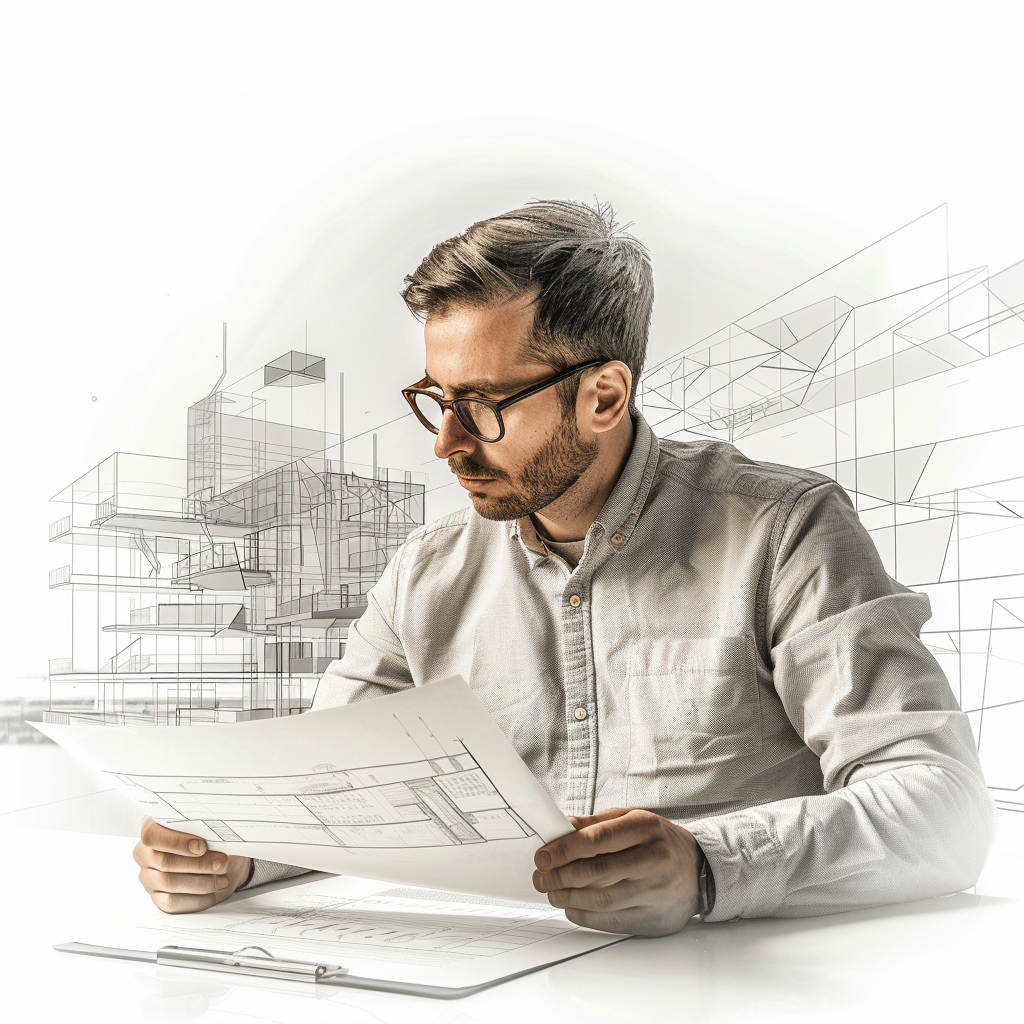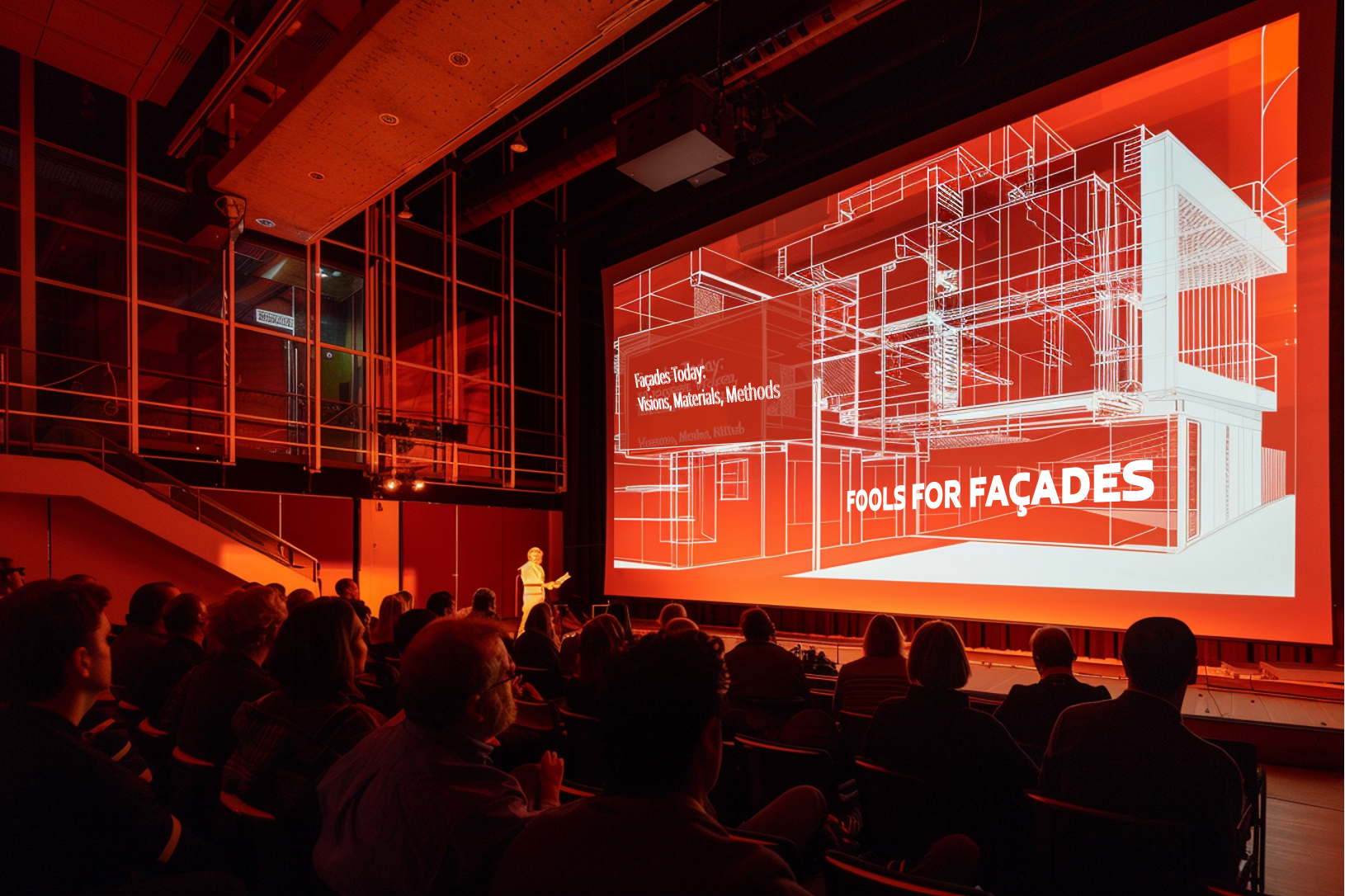
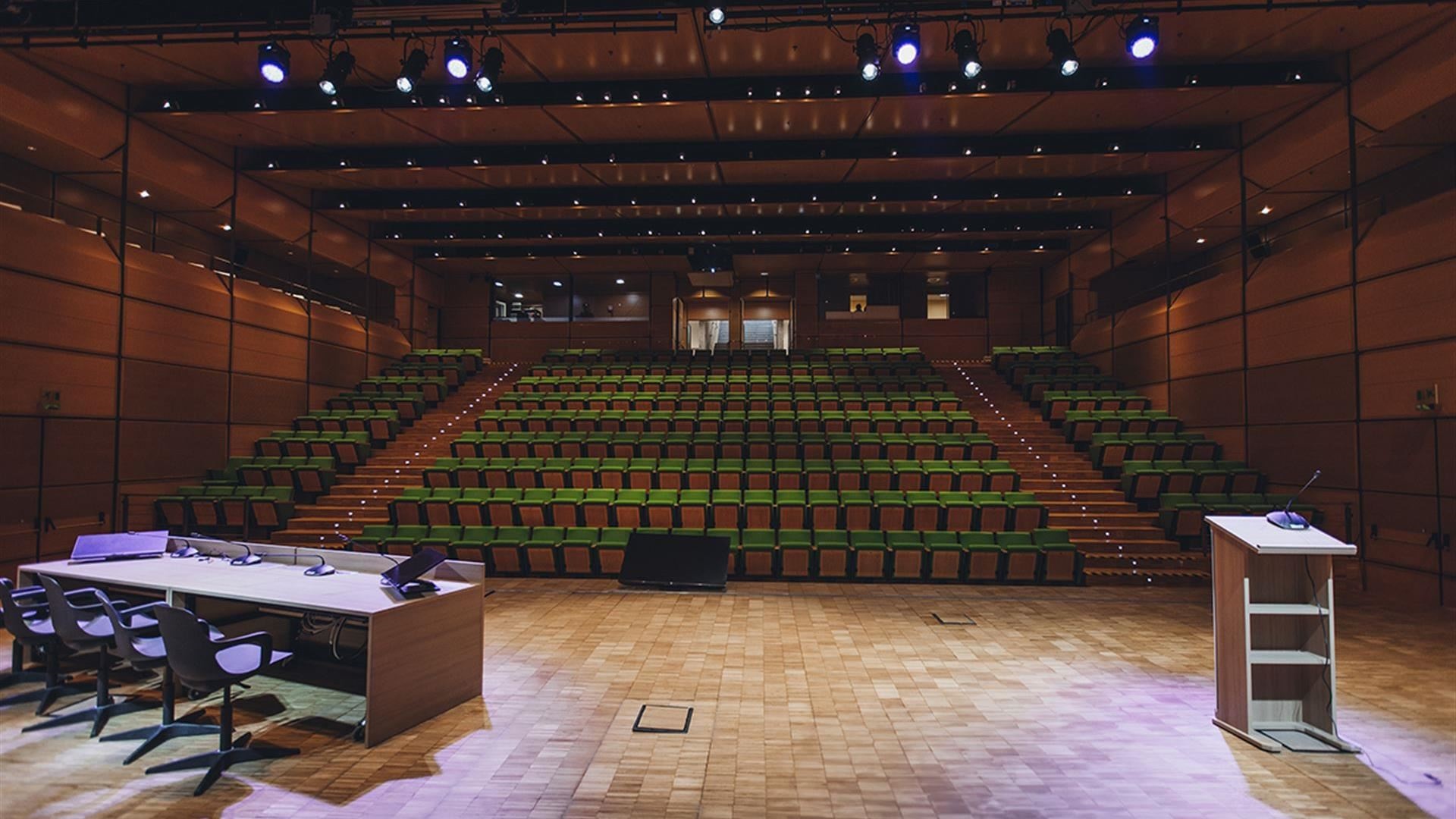

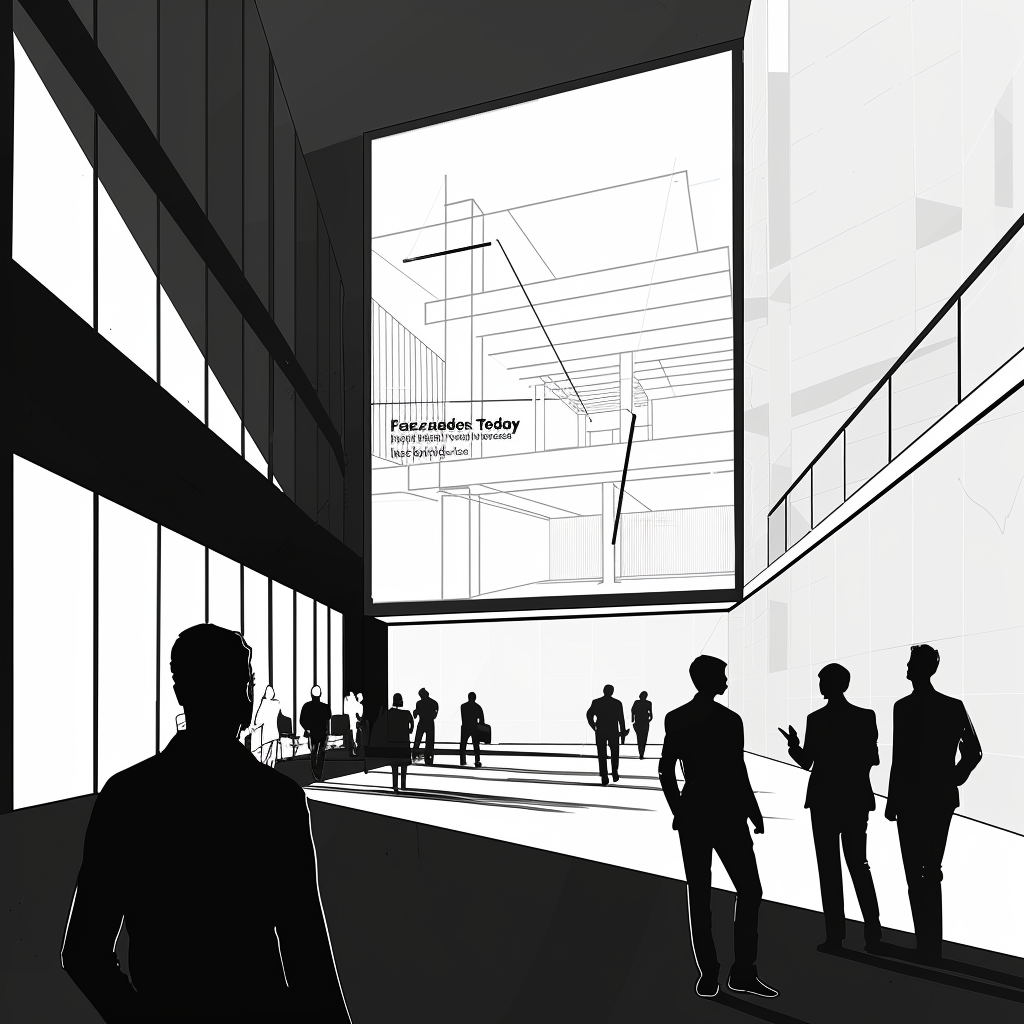

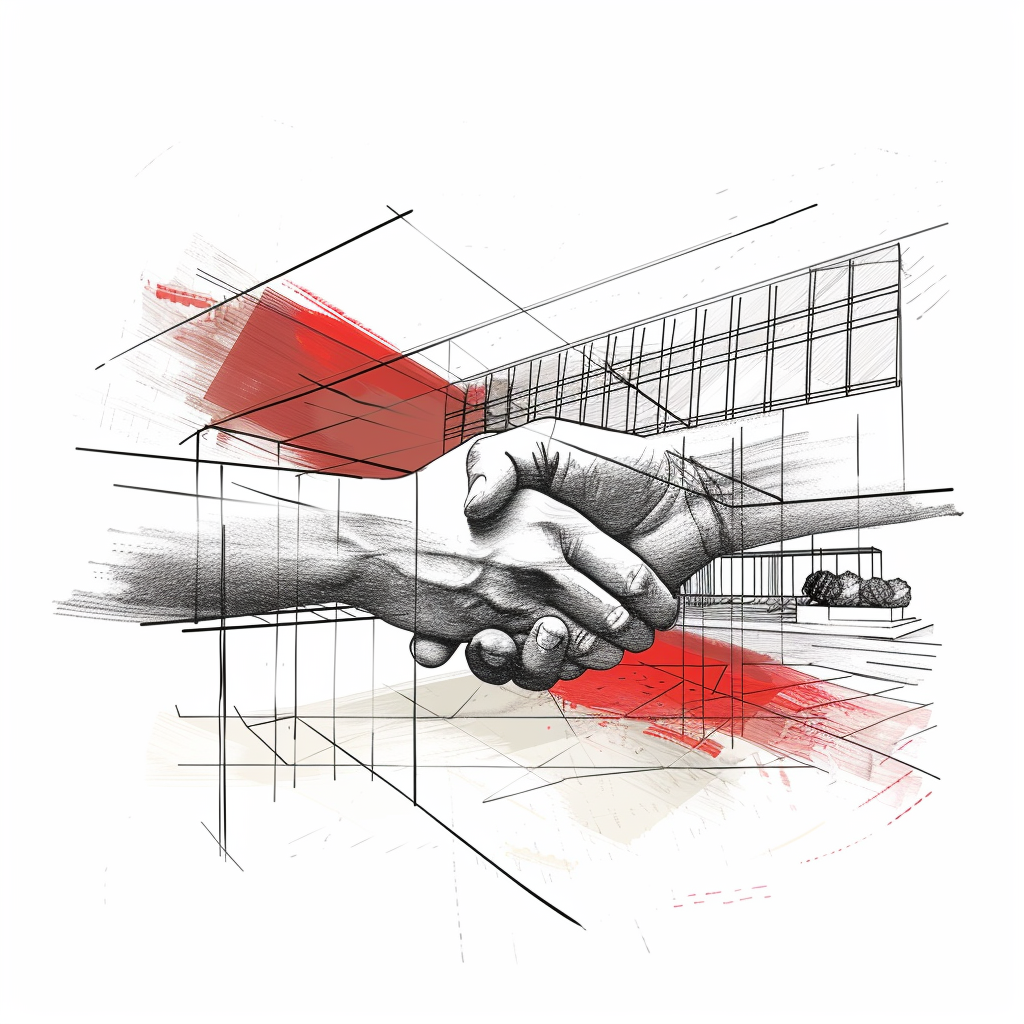


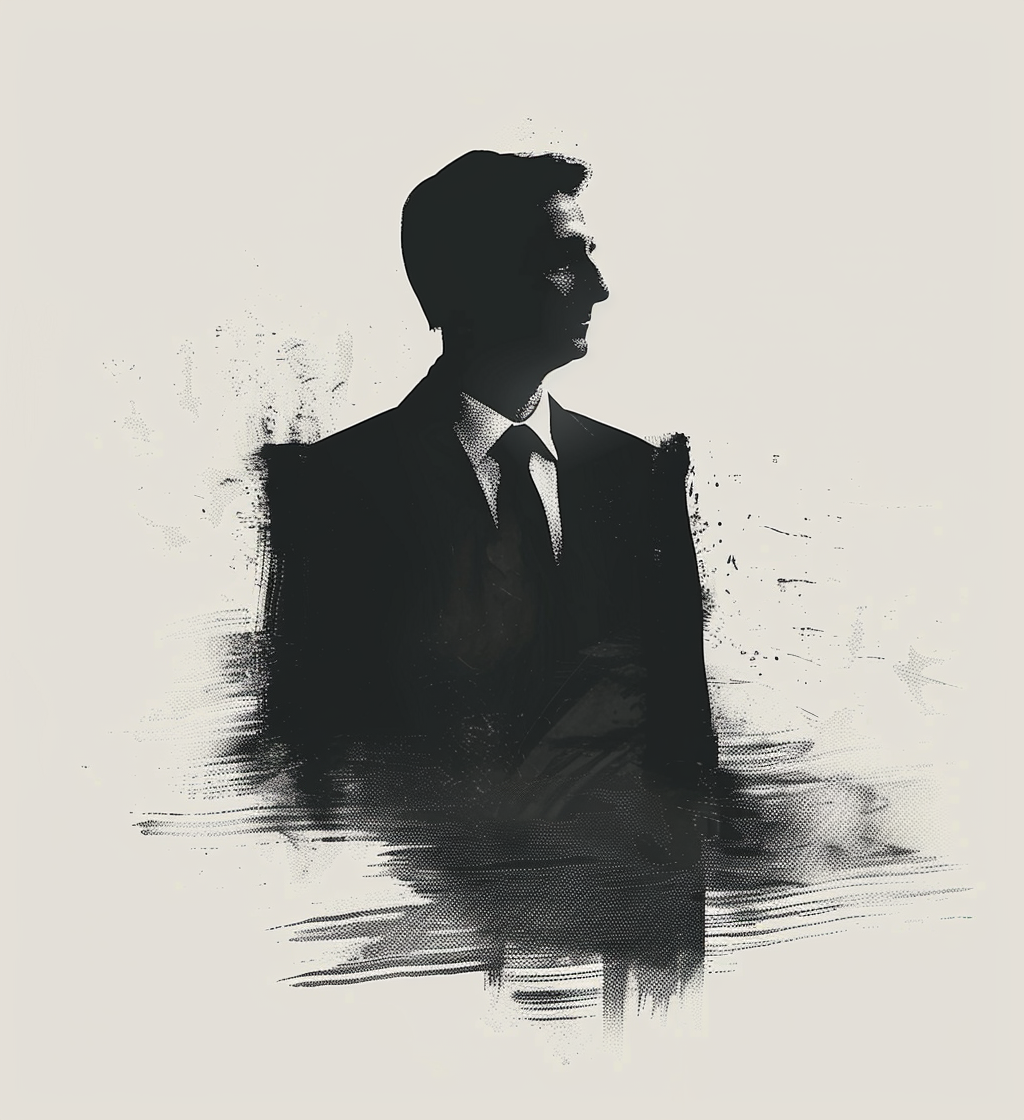

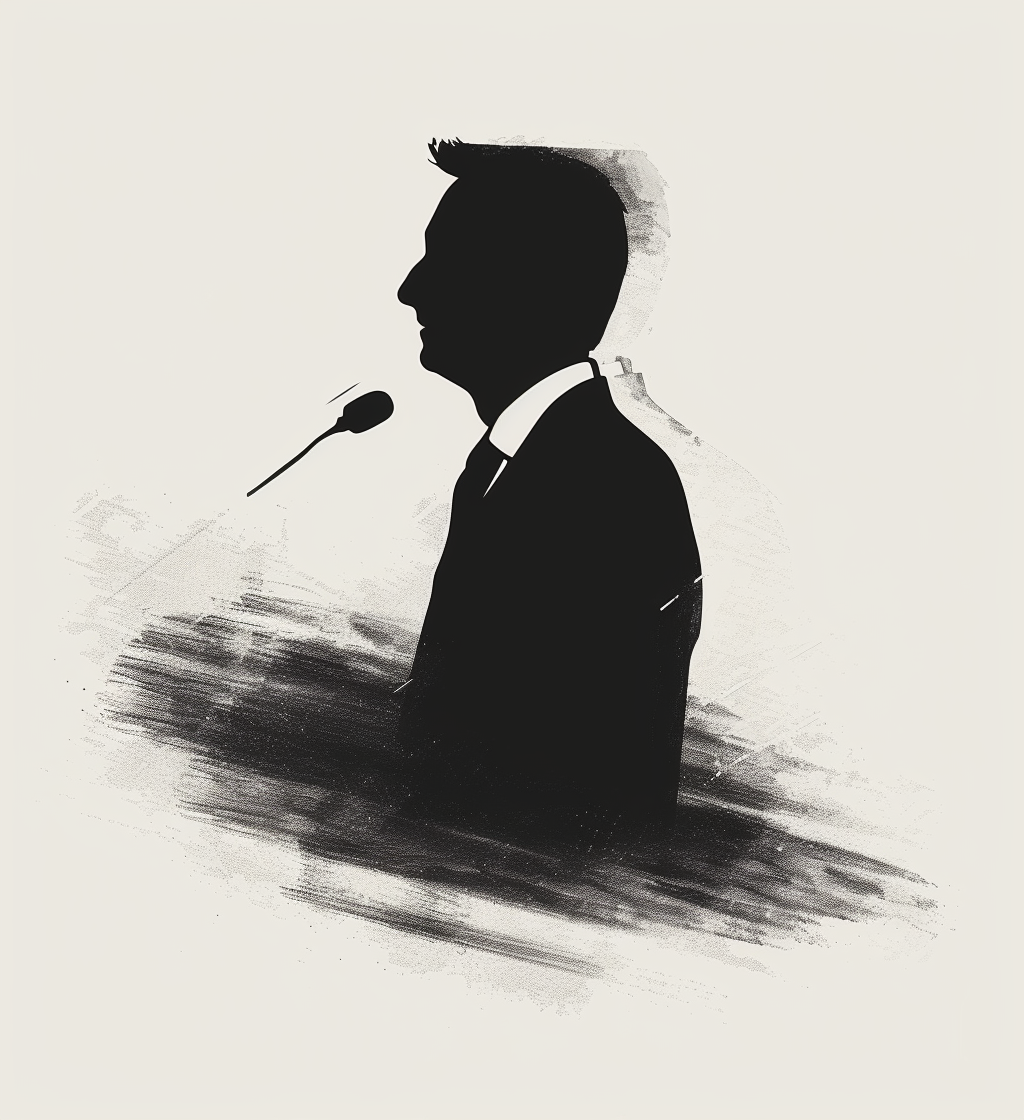
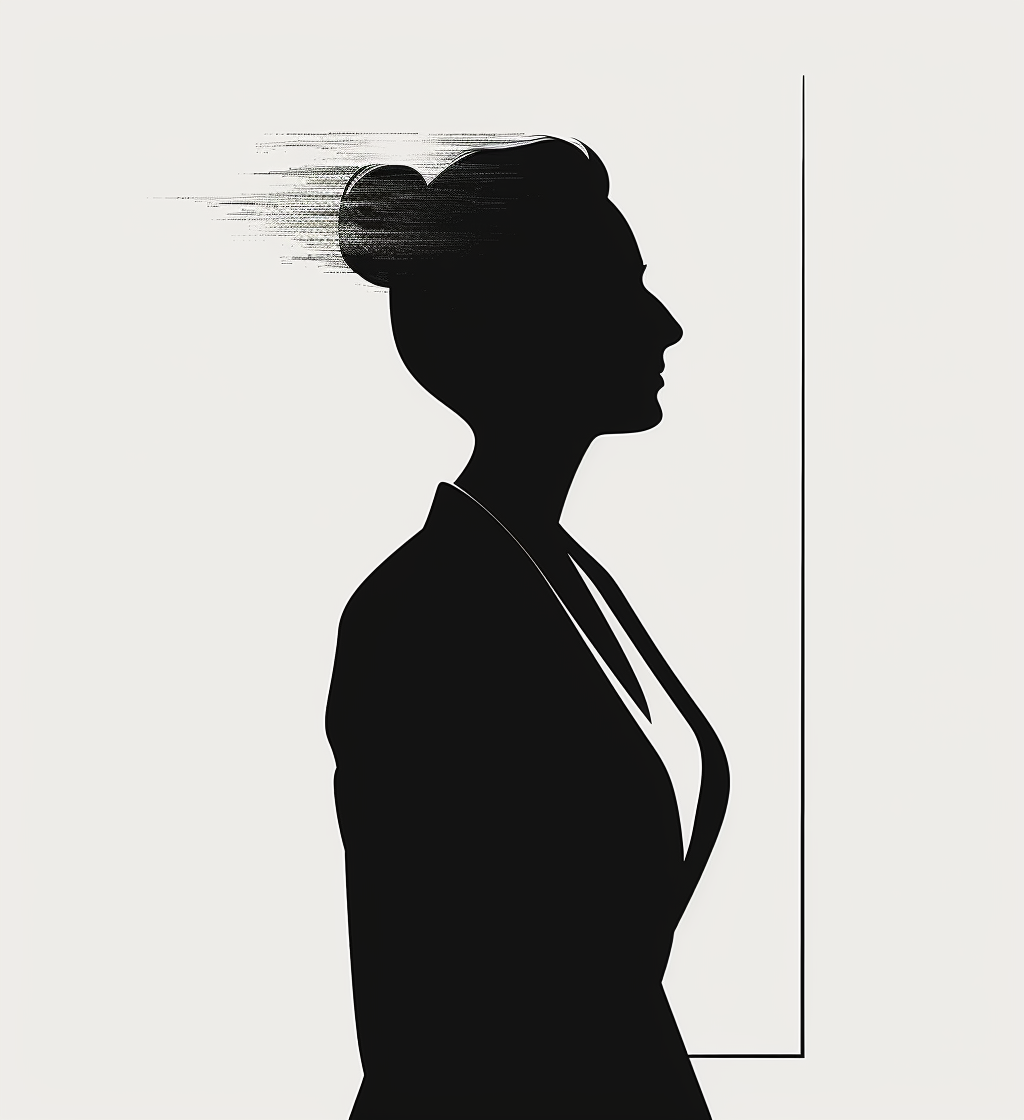






Chiara Bedon, a structural engineer and Professor of Structural Engineering at the University of Trieste (Dia-UniTS), bridges the gap between architecture and engineering through rigorous academic research and teaching.
Driven by a deep passion for structural innovation, particularly in facade systems and structural glass, Bedon emphasizes the importance of interdisciplinary collaboration and the integration of cutting-edge technology into architectural education.
In this interview, she shares insights from her extensive experience, explores the evolving role of façades in structural engineering, and discusses how academic research and industrial practice can together drive meaningful innovation.
Chiara: I am a structural civil engineer and Professor of Structural Engineering at the Department of Engineering and Architecture at the University of Trieste (Dia-UniTS), working across engineering and architecture—two worlds that, although historically considered separate, must engage closely during university training.
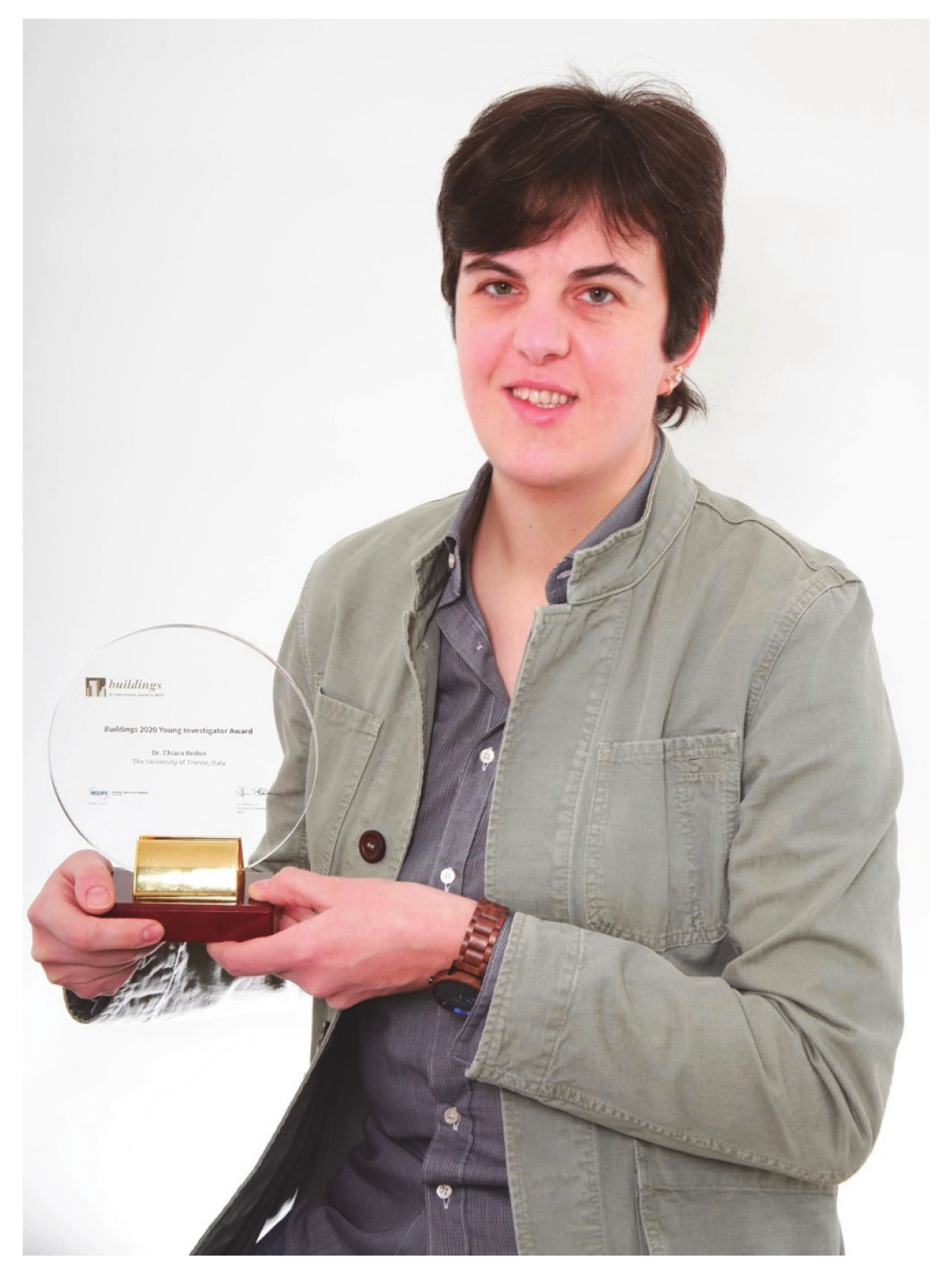
Research has always been my passion since my doctoral studies, despite often facing resource constraints. Currently, I am in an ideal position to focus on multiple structural engineering topics, lead important projects as a Principal Investigator, collaborate with an increasingly large team (researchers, post-docs, PhD students), and work alongside national and international academic and industrial partners.
Chiara: Façades represent a significant portion of my research, from studying new façade technologies and devices to analyzing their response to accidental mechanical actions or combined thermo-mechanical effects.
Chiara: For many years, I have specialized in structural glass broadly, including load-bearing elements, façades, walkways, and more. I also focus on other key areas important to Dia-UniTS, such as steel-concrete composite structures, seismic engineering aspects, and structural monitoring.
Chiara: There is increasing emphasis on technological innovation in construction and the multidisciplinary skills required from young civil engineers. At Dia-UniTS, we place significant attention on new technologies, novel materials, and strong interactions with local industrial stakeholders.
Chiara: As an engineer teaching structural analysis to architecture students, I always emphasize basic statics and the geometry of sections—fundamental concepts essential for sizing and verifying steel structural systems, which is the main focus of my third-year architecture course.
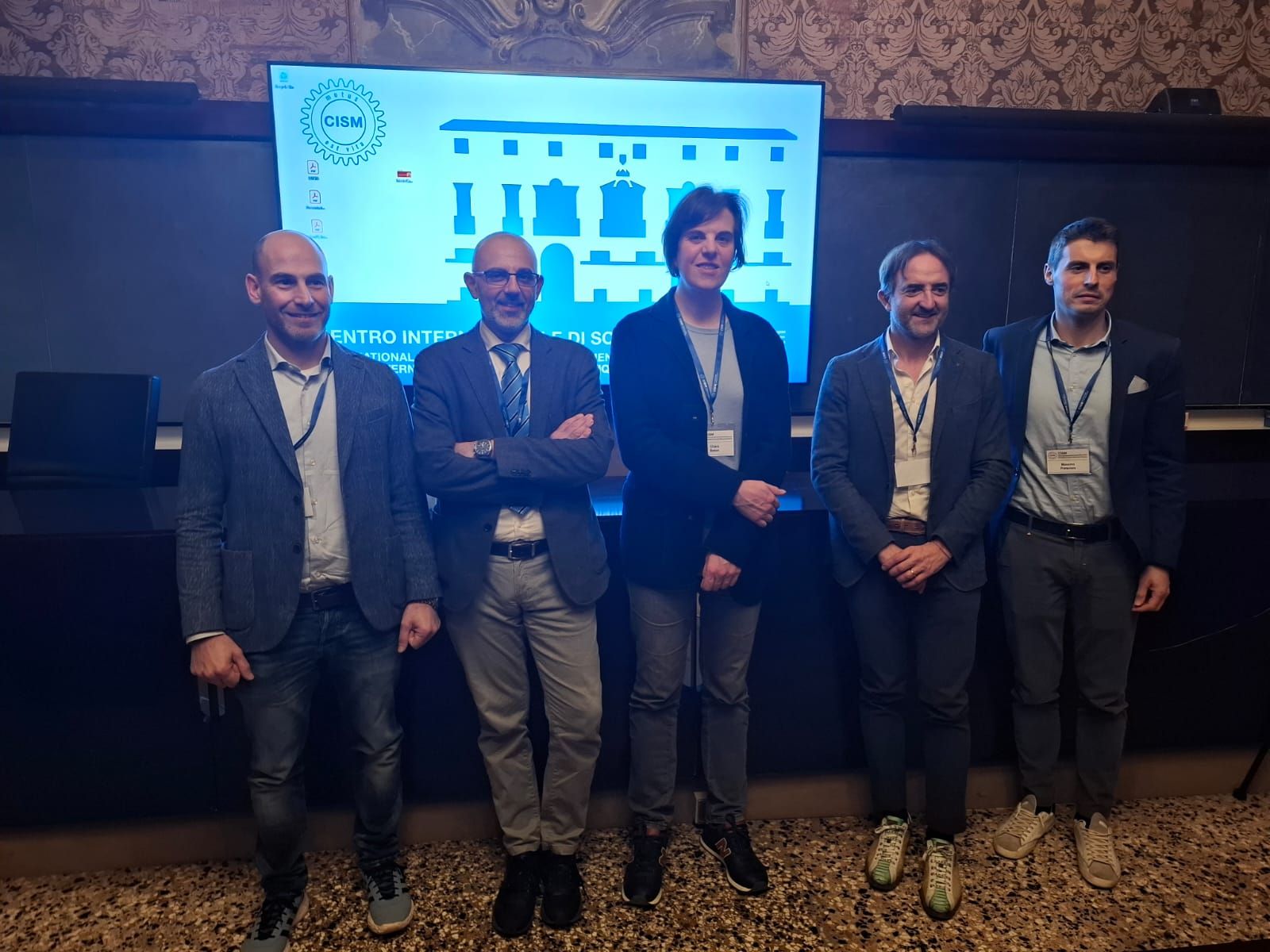
Chiara: Identifying a single project is challenging, as I have multiple collaborative projects with prestigious international universities and research centers, addressing numerous performance aspects simultaneously.
Chiara: There is growing dialogue and exchange between universities/research institutions and industry. Universities contribute high-level expertise, such as advanced numerical modeling of façades under extreme conditions (like explosions, which I frequently analyze). Consequently, this applied research significantly supports industrial design processes, which often rely on simplified calculation approaches. Such collaboration leads to tangible, mutually beneficial outcomes.
Chiara: Innovation and safety are inseparable aspects. On the one hand, rapid innovation requires researchers and professionals to keep pace; on the other hand, compliance with regulatory and safety standards remains paramount. Sustainable and innovative design must always align with established norms, making it a challenge to develop solutions that are both innovative and reliably safe.
Chiara: Combining new technologies with structural requirements, especially concerning exceptional actions, is critical. For example, in our “3FiRES” project, a collaboration with partners from the University of Science and Technology of China, we study integrated photovoltaic façades and their behavior during fire scenarios.
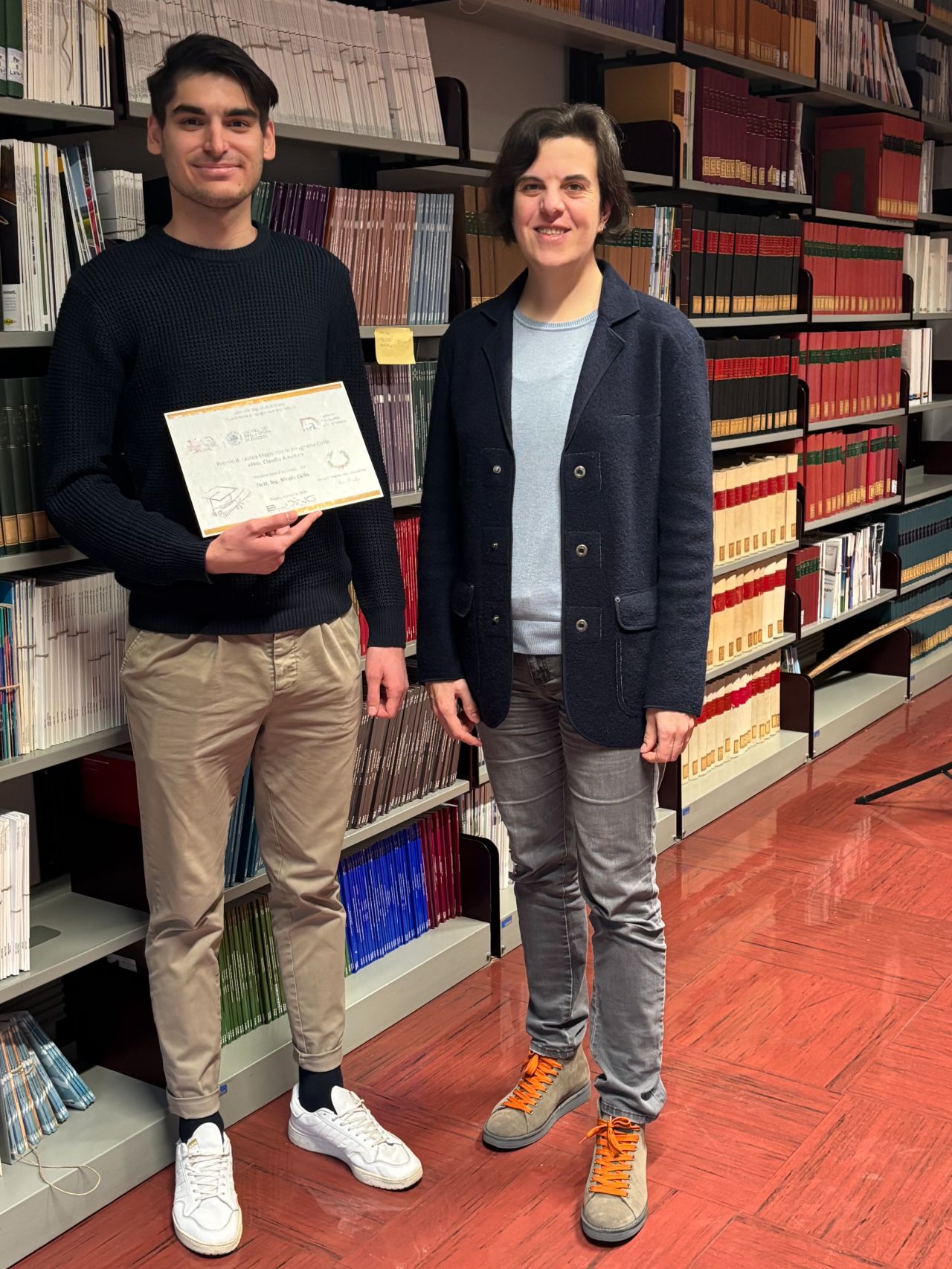
Chiara: The multidisciplinarity of the topic still needs greater emphasis. We must focus on design that is not only multi-objective but also cross-sectoral.
Chiara: Not in the traditional sense. Instead, there have been competitive funding proposals not selected for financing or experimental tests that proved more complicated than anticipated. Such experiences teach me to refine strategies and persevere—always moving forward. Positive outcomes inevitably follow.
Chiara: My perspective has shifted significantly over the years—20 years ago, during my engineering studies, I couldn't have imagined pursuing this academic path.
Chiara: Curiosity is foundational. Continuous curiosity towards innovation, adaptability in teaching from year to year, and openness to endless possibilities in research fuel both personal and professional growth.
Chiara: Several ongoing research projects can be explored online:
Additionally, my profiles are available on LinkedIn, Google Scholar, and ResearchGate.
"Facades Today": is a one-day conference exploring contemporary approaches to façade design, innovation, and cultural meaning.
Expect critical insights, surprising case studies, and practical visions for what comes next in urban envelopes.

Location:
Milan, Monte Rosa 91 - Auditorium

Date:
April 24, 2026 — 09:00 to 18:00

Audience:
The people who shape buildings—designers, engineers & makers

Contact: events@foolsforfacades.com
Join the archive that celebrates architecture’s most iconic façades.
If your company played a role—through materials, systems, or expertise—let us know.
We’re building a record of the people and products behind the world’s most influential buildings.
Are you working on façade innovation, materials, or design methods?
Submit your study and be part of the conversation shaping tomorrow’s architecture.
